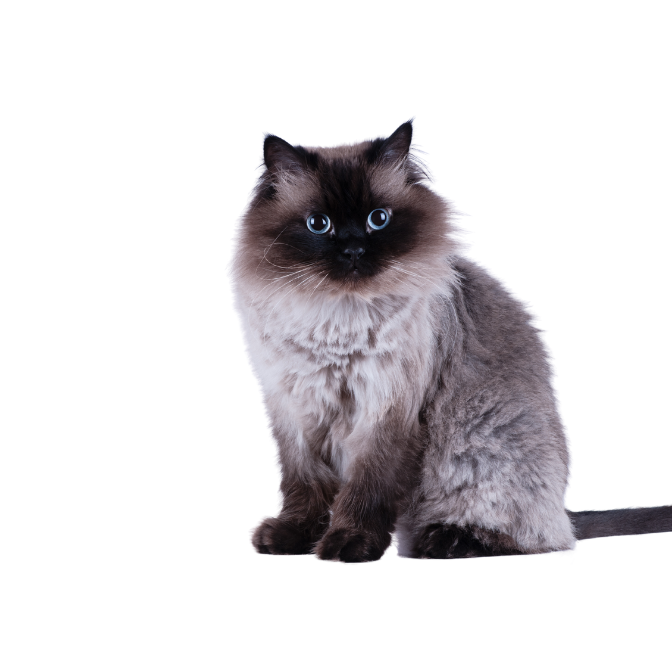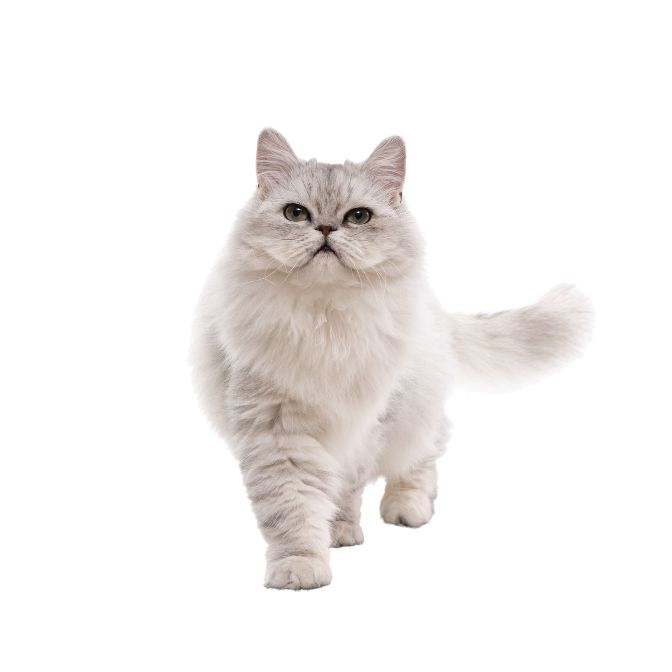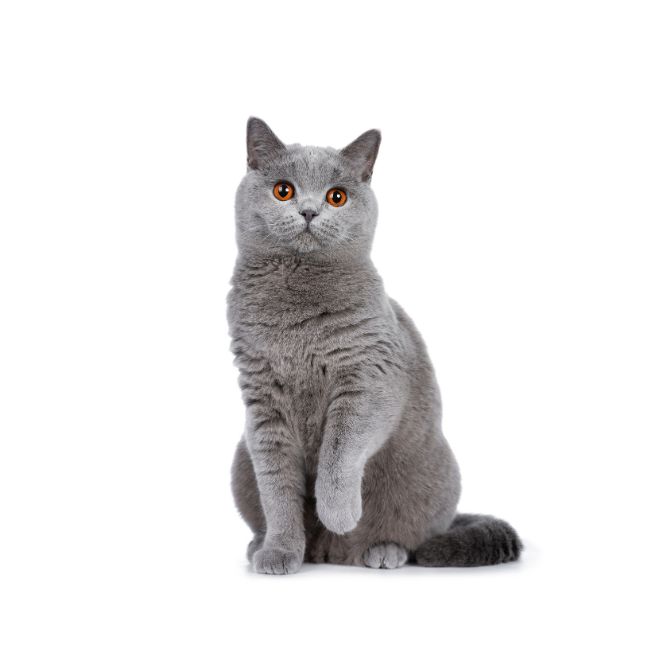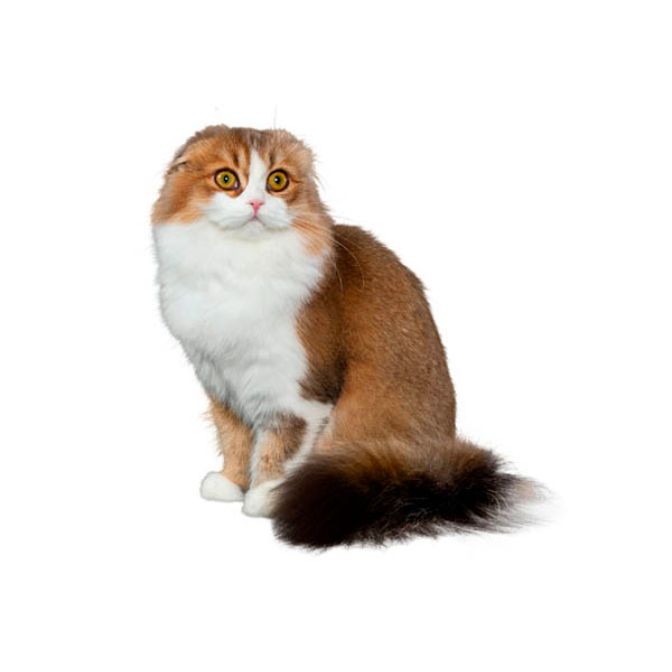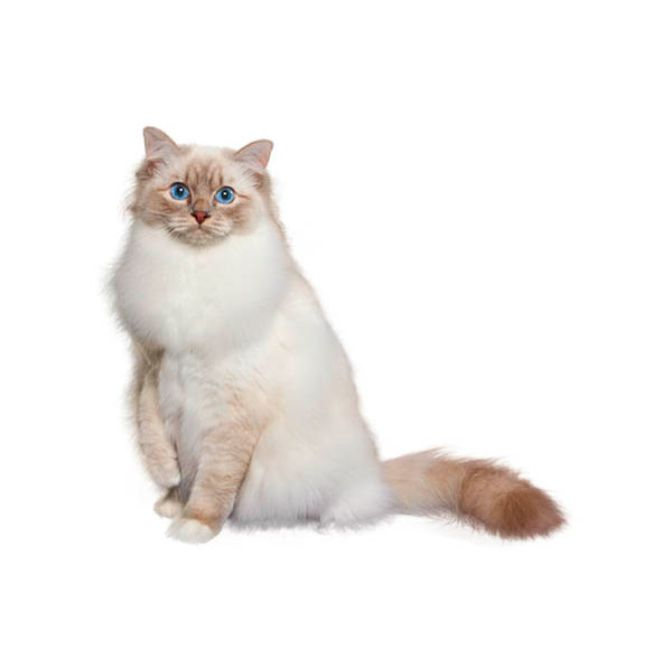Himalayan Cat
The Himalayan Cat is a sweet and mild-tempered feline. She’s affectionate but selective. Although she loves lying in your lap and being pet, she may be reserved around guests. Serene, quiet environments with few day-to-day changes are best for the Himmie.
Medium To Large
Long
Low
Males: 4 to 6.3 kg and females: 3.2 to 5 kg
White to fawn body with color points that include chocolate, seal, lilac, blue, red, cream tortie, blue-cream, chocolate-tortie, lilac-cream, seal lynx, blue lynx, red lynx, cream lynx, tortie lynx, blue-cream lynx, chocolate lynx, lilac lynx, chocolate-t
She’s content staying home alone and won’t climb your curtains or jump on your counters. That doesn’t mean she doesn’t enjoy playtime, though, with toy mice or even a ball of crumpled paper.
Aside from her colorpoint and eye color, she resembles the Persian in nearly every other way. Himalayans have a large, round head with wide-set, round eyes, a short nose and full cheeks. Her face is topped with small, round-tipped ears. Himalayans are not fat cats, but instead have a sturdy, muscular body with a thick neck and short, strong legs.
9 to 15 years
The Himalayan has a light-colored body with darker facial mask, ears and tail, like the Siamese. Himmies come in a wide range of point colors, ranging from chocolate to lilac to red and everything in between. Unlike her Persian ancestor, the Himalayan Cat’s eyes only come in blue, like her Siamese ancestors.
Himalayans shed, so daily grooming is essential to keep their long coat tangle- and mat-free and to remove the loose hair.
Like other pedigreed cats, Himalayans have some health risks that may or may not be genetic in nature. Their facial structure in particular presents some unique health problems for the breed, including:
Breathing difficulties
Misaligned teeth
Excess eye watering and other eye conditions like entropion and progressive retinal atrophy
In addition to the above, this breed also has a higher risk for the following health conditions:
Feline hyperesthesia syndrome
Heat sensitivity
Polycystic kidney disease
Higher risk for ringworm due to their long coats, which are harder to efficiently groom
Seborrhea oleosa, a skin condition that can cause red, itchy skin
Although her long coat is beautiful, it does increase your Himmie’s risk of hairballs, so consider feeding her a cat food formulated to help control hairballs, like Pro Plan Specialized Hairball Management Chicken & Rice Formula or Purina ONE Hairball Formula.
Their sedentary nature can also lead to weight gain, so a weight control formula like Pro Plan Weight Management or Purina ONE Healthy Metabolism might be beneficial.
For your Himalayan kitten, select a complete and balanced kitten food such as Purina Kitten Chow Nurture, Pro Plan Specialized Kitten Chicken & Rice Formula or Purina ONE Healthy Kitten so she gets the essential nutrients needed for healthy growth and development during her first year of life.
In 1931, cat breeder Virginia Cobb, together with Dr. Clyde Keeler of Harvard, began crossing the Persian with the Siamese to study how the colorpoint gene was passed on. In the 1950s, breeders in Britain and North America worked to further develop the breed using Cobb’s and Keeler’s methods. Once the breed was firmly established, they sought recognition from cat associations.
The Cat Fanciers Association (CFA) acknowledged the Himalayan as a distinct breed in 1957, but in 1984, reclassified the breed as a variety of Persian. The International Cat Association (TICA) recognizes the breed as part of their Persian group, but the American Cat Fanciers Association (ACFA) and other associations give the Himalayan her own group.
The first Himalayan kitten was named “Newton’s Debutante”.
Himmies are the most popular pedigreed cat.
They are a manmade breed.
